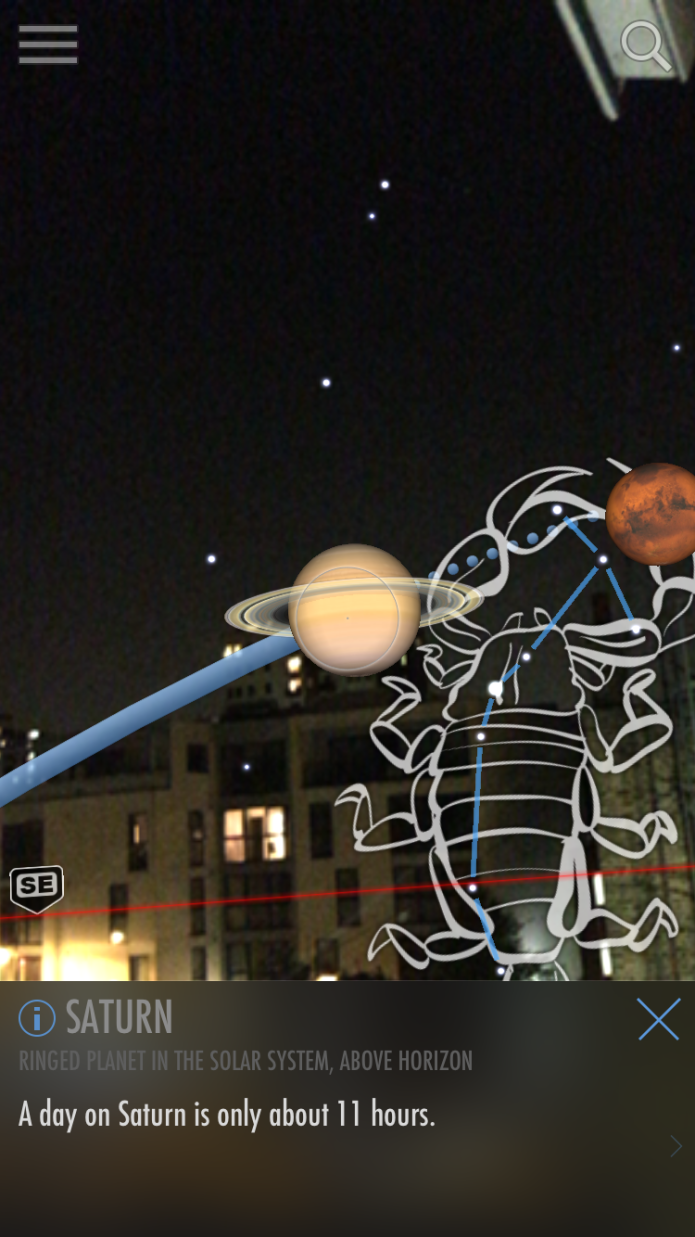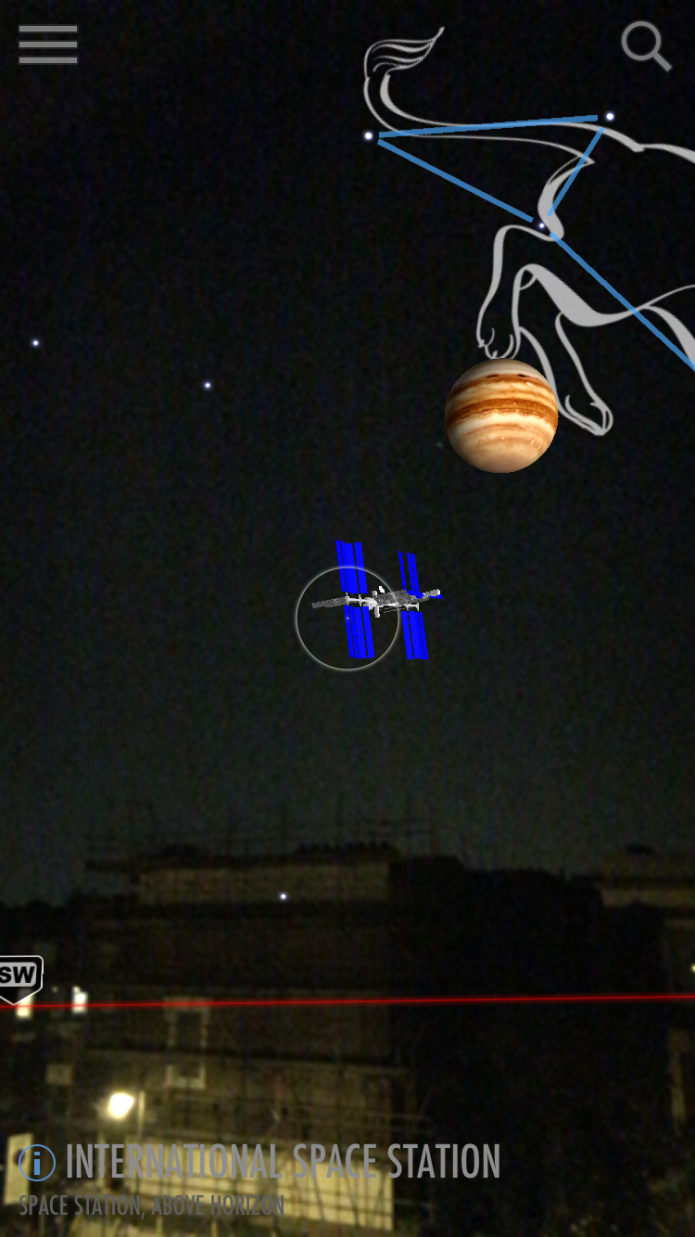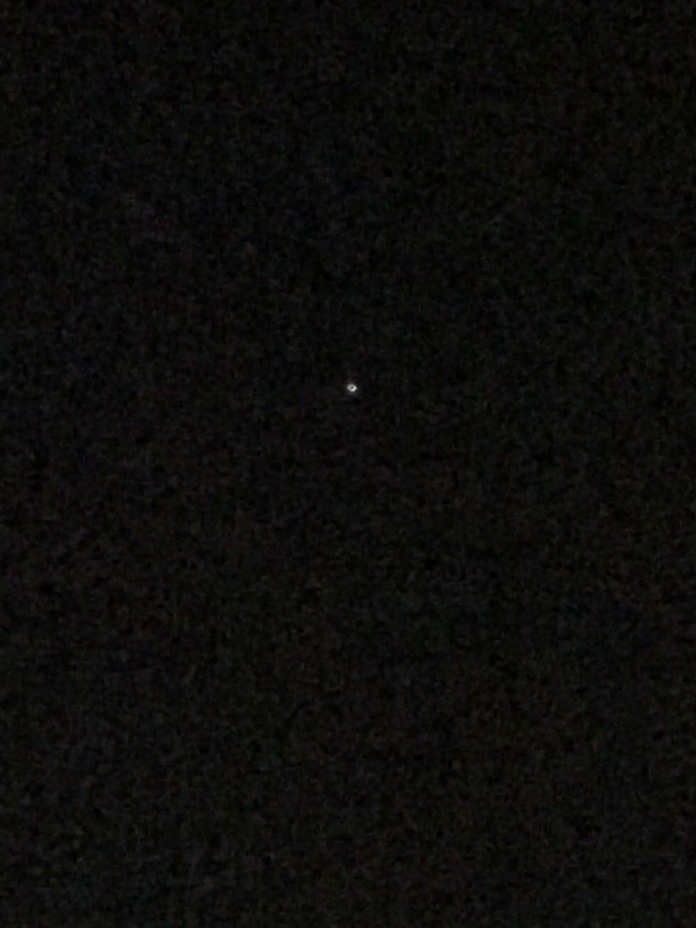I thought I’d surprised you and let you know that the garden has grown to host 5 different species of carnivorous plant.
Previously, I’ve brought up my progress with the Venus Fly Trap, the Drosera Capensis Alba and lastly, Nepenthes Bloody Mary but now we have 2 additions.
Sarracenia, Velvet
On the left, with the tall shoots, I am particularly fond of this new addition given its size. The wind blows it around in a mental fashion, a bit like those giant inflatable men you see sometimes!
Darlingtonia, Californica
Very young by the looks of it and also very crowded. They’ll be fine as they are for now.
Mostly I’ve seen flies, spiders and even a ladybug visit the plants and most fall victim to one of these carnivores if they hang around long enough. Who can blame them, I’ve essentially put out a deadly buffet for them.
I’m wrapping my head around creating a miniature bog for them all to live in, this will probably have to be done when the plants are dorment during winter so it’s just a planning phase for the time being.
Health and growth seem to be steady for all the plants, it’s been very, very wet this past month or so, so really keeping my fingers crossed for some sun! Here’s the gang all together for a group selfie.
Sarracenia Velvet and Darlingtonia will get their own individual pages wrote up about them as I study them over the next week or so, so expect to see some in depth analysis there. The strawberries I planted haven’t grown at all so I expect the crowns were dead when I brought them. Not to fret, I will be coming into some trims from another strawberry plant so I can continue with that as my little side project soon enough!







































